Margaret Taylor, volunteer Butser librarian and member of the Experimentalists volunteer team, shares an exciting look at the team’s recent projects at Butser.
1300 – 1000 BCE. We are on Salisbury Plain, at Dunch Hill. There is a round house, or at least it seems to be, at first sight, although it may be a stores building. We see a small settlement, where the inhabitants are growing domesticate crops; Emner and other wheats and barley. They have also domesticated sheep, cattle, pigs and horses. This small farm is set in landscape with fences and other field boundaries, with natural woods and grasslands.
We know very little about this house, if in fact it was a house, as this was not necessarily the case in a community settlement, and there wasn’t even evidence of a floor or hearth. In fact, everything about this house is experimental, as the only evidence was the post holes.
This is an ideal project for the Experimentalists, a title suggested for us by John Briggs, of our volunteer team, led by Maureen Page. I joined the volunteer team in late September last year, and am thoroughly enjoying being a member of the group. Since then, we have completed our felted draught excluder for the Danebury Iron Age round house (see The Felters publication below), and a cow/deer skin covering for the Mesolithic shelter. We have also begun working upon deer skins, and we will learn to tan them over the coming months, under the expert eye of Jess, Butser’s workshops and ancient crafts mastermind. However, we are now turning our attention to Butser’s Bronze Age house, from Dunch Hill.
Our aim is to make the house look more homely. First the bed needs to be made more comfortable. We have made a straw mattress, tying together bundles of straw. We completed this in the sunshine of a Thursday morning in early July, with the assistance of Nutmeg, the lovely baby goat. She was quite keen on nibbling the straw, and decided that the best place to have a nap was inside one of the big plastic dump bags!
At the same time other members of our team were breaking up lumps of chalk and making up a ‘paint solution’, mixed with water and applying them to the walls. These will then be painted with artistic interpretations of bronze age designs.
Our next project is to learn how to make a sheep’s wool mattress with a peg loom. We know that our Bronze Age ancestors would have used wool. However, very little evidence has survived, and to find out more about Bronze Age textiles, I read the absolutely fascinating accounts of the lake dwelling houses at Must Farm. Information on this is available in the two open access publications on line (see below), and can be downloaded onto your chosen personal device. They have found evidence of looms and spindle whorls on site but not surprisingly, the catastrophic fire at the site, and the sinking of the houses into the lake has not enabled woollen textiles to survive.
All for now, until the next update - and Maureen has some exciting ideas for us!
If you’re interested, try reading…
Article on Must Farm at Historic England
The Must Farm Pile Dwelling publications - both volumes are fascinating. Volume 1 provides an overview and Volume 2 provides the detailed research techniques etc; the section on materials is very good for discovering much more about their findings.
I would also recommend: Britain BC by Francis Pryor, and Britain Begins by Barry Cunliffe, for overviews of the Bronze Age.
Volunteer resources
If you’re a volunteer, log in to the volunteer section of the Butser website to find resources on all our buildings and periods, including about the Dunch Hill roundhouse.
You can also find Britain BC and Britain Begins in your Butser Library, along with many other titles including this amazing booklet by John — well worth pursuing!
There is a signing in book on the bottom shelf of the library shelves. Please use this, even if the book is not leaving Butser, as it enables us to monitor book loans. When you return the book, please don’t forget to sign it back in!
If you’re not a volunteer with us but are interested in becoming one, find out more about volunteering at Butser here.










